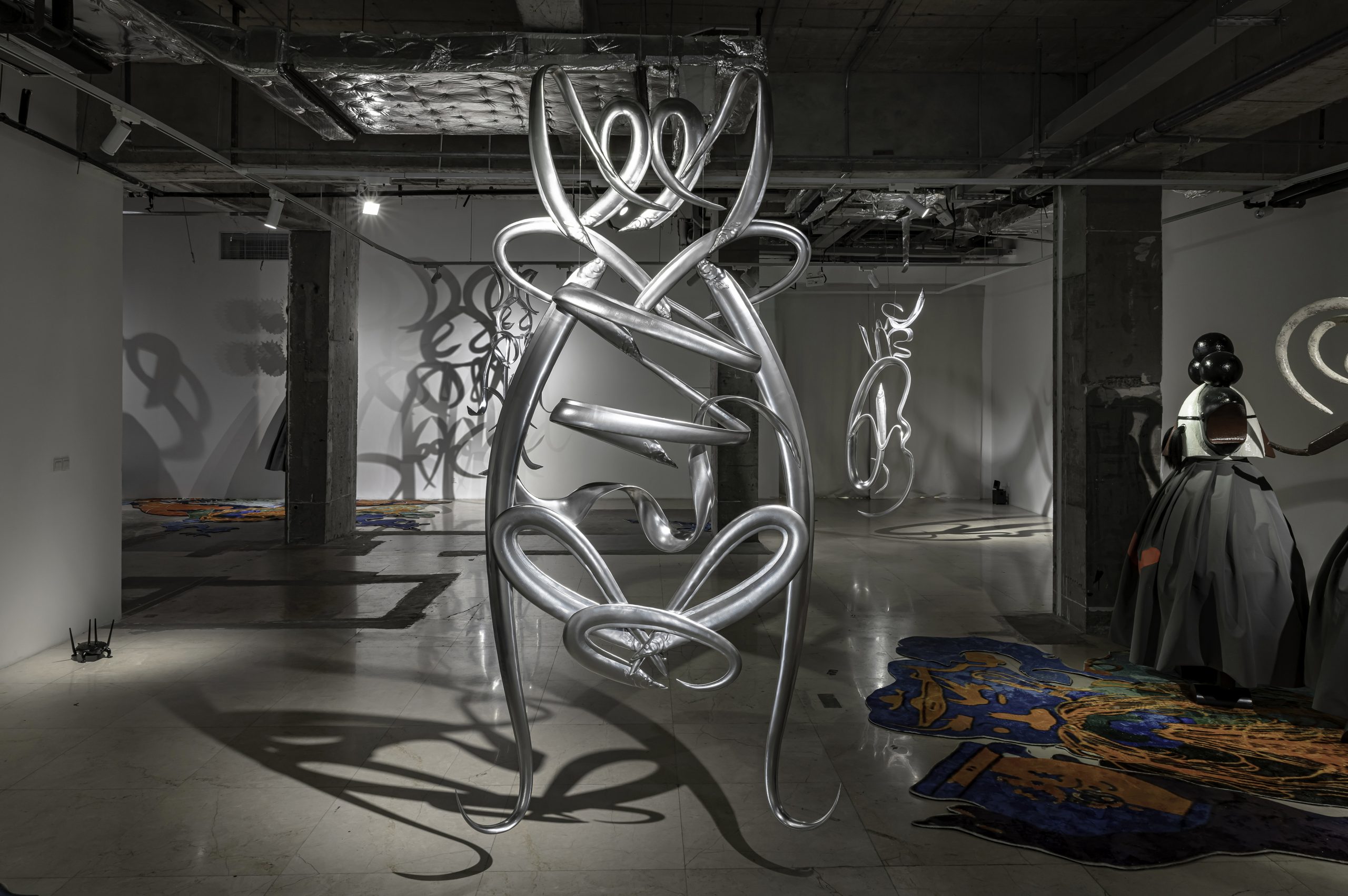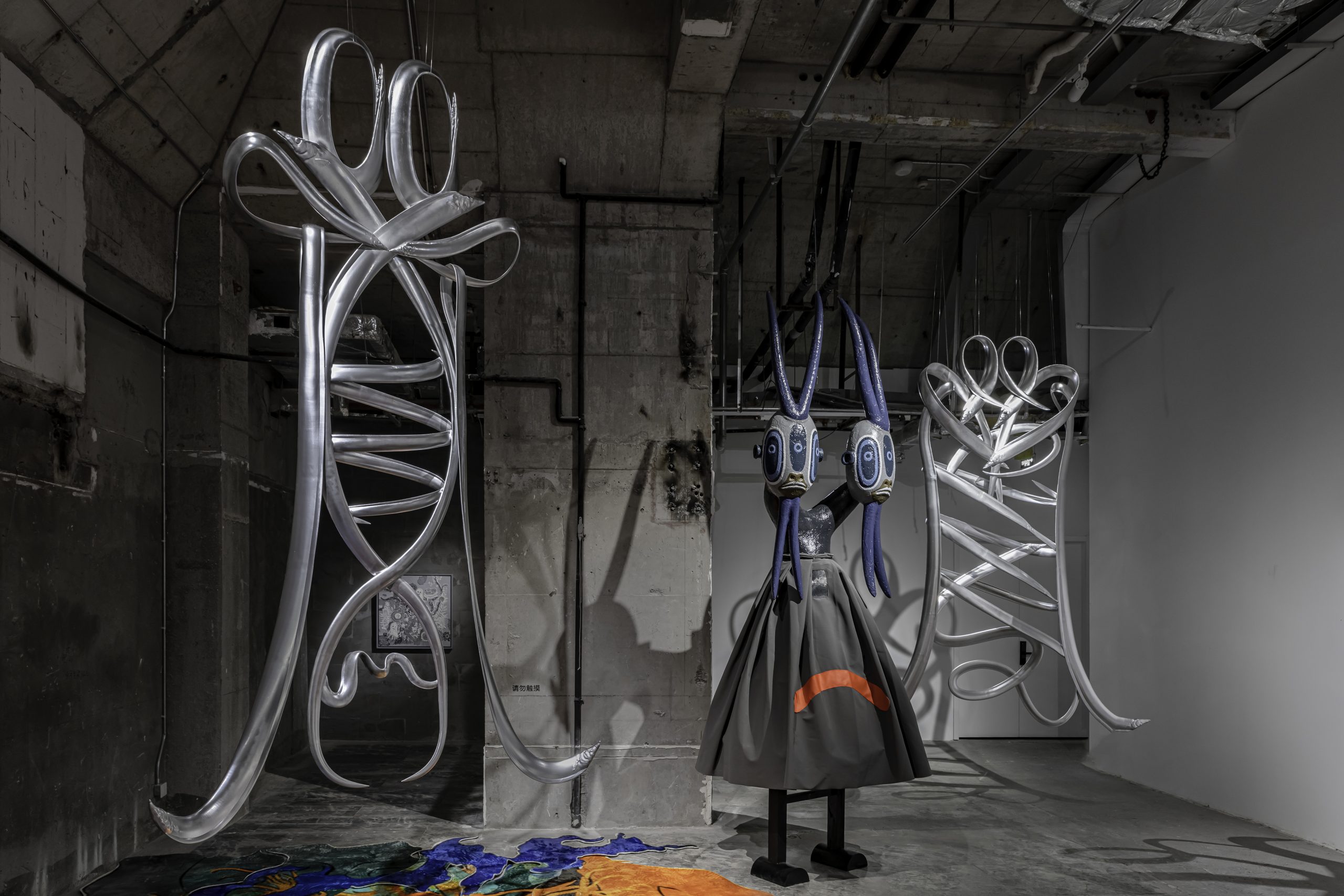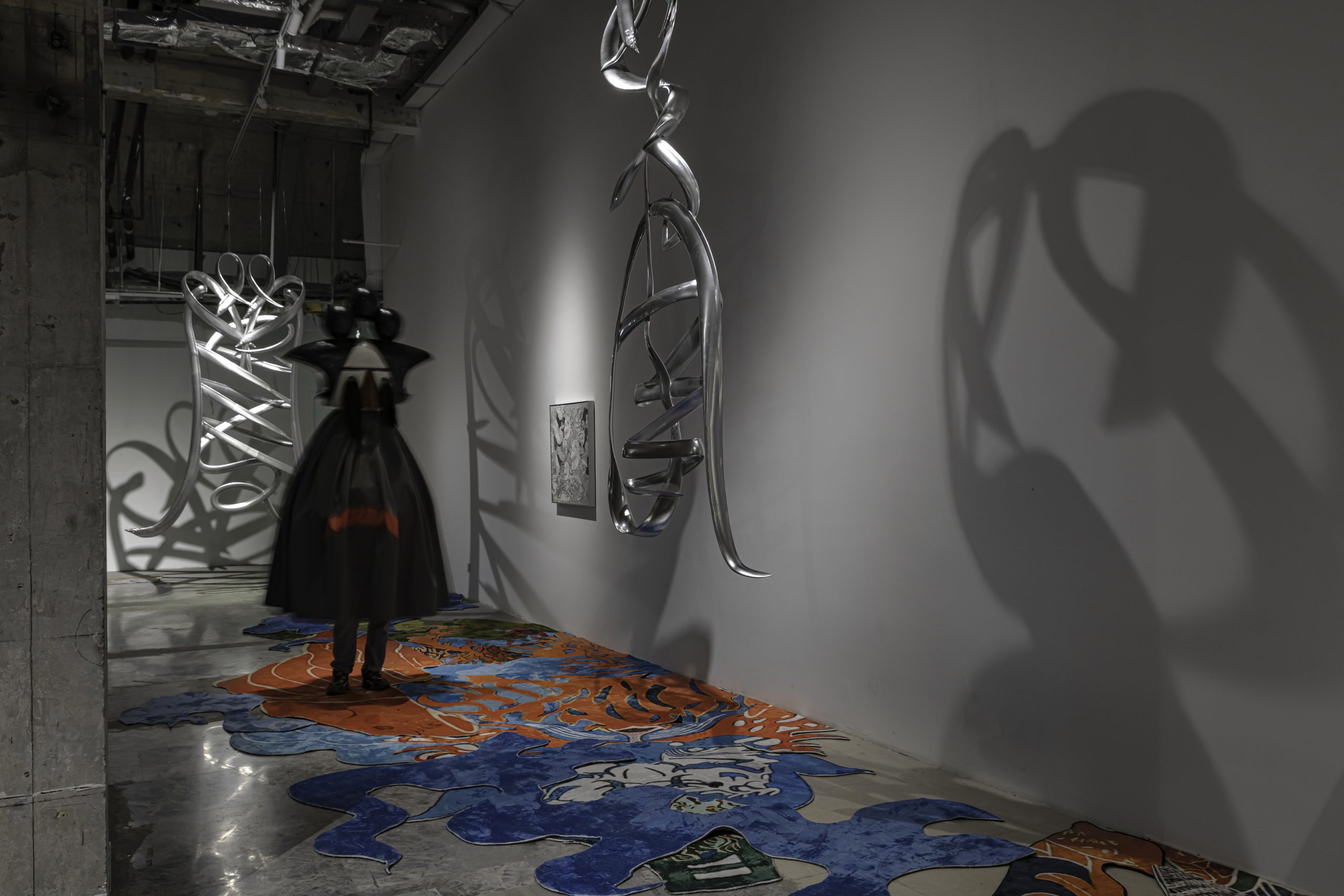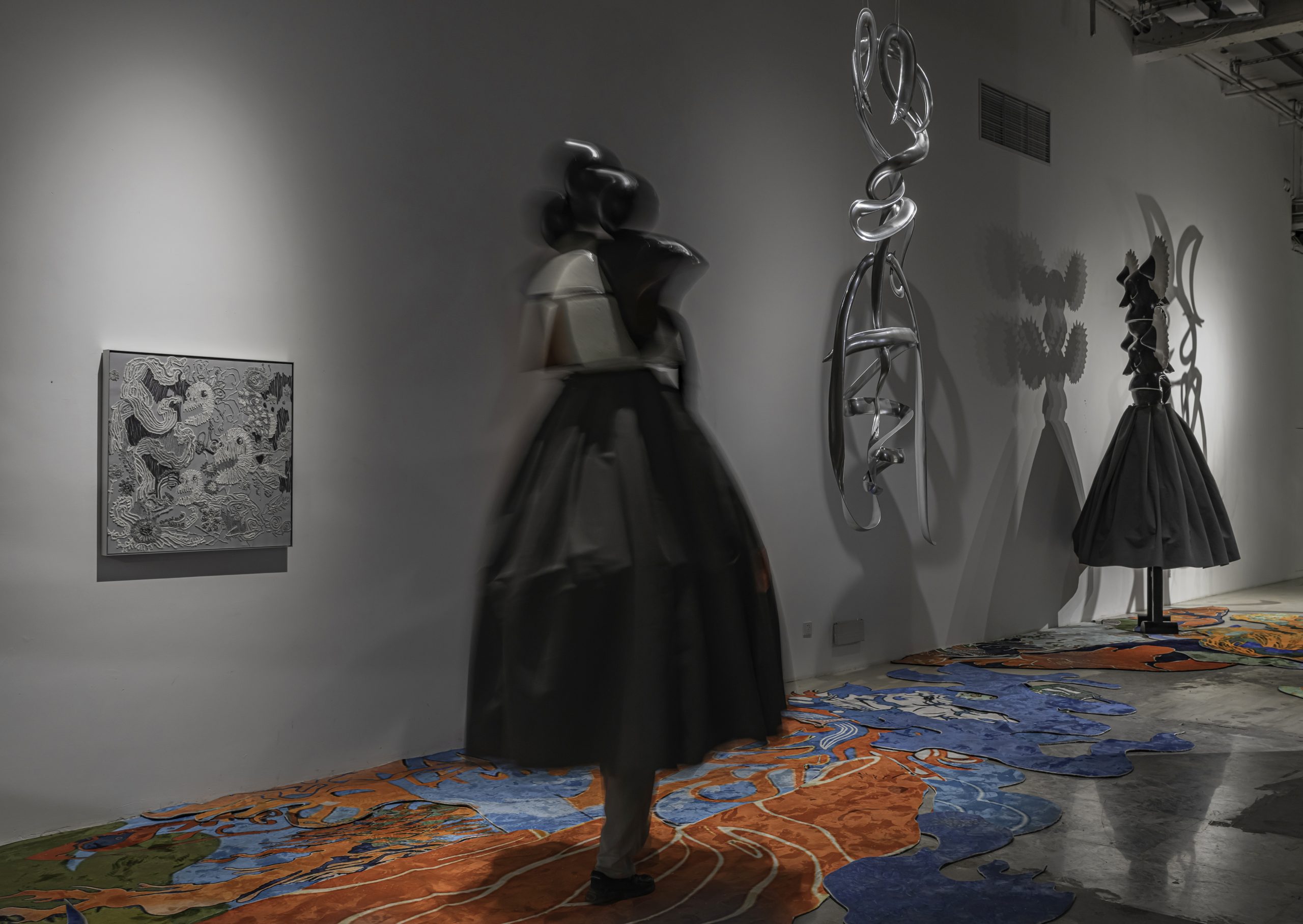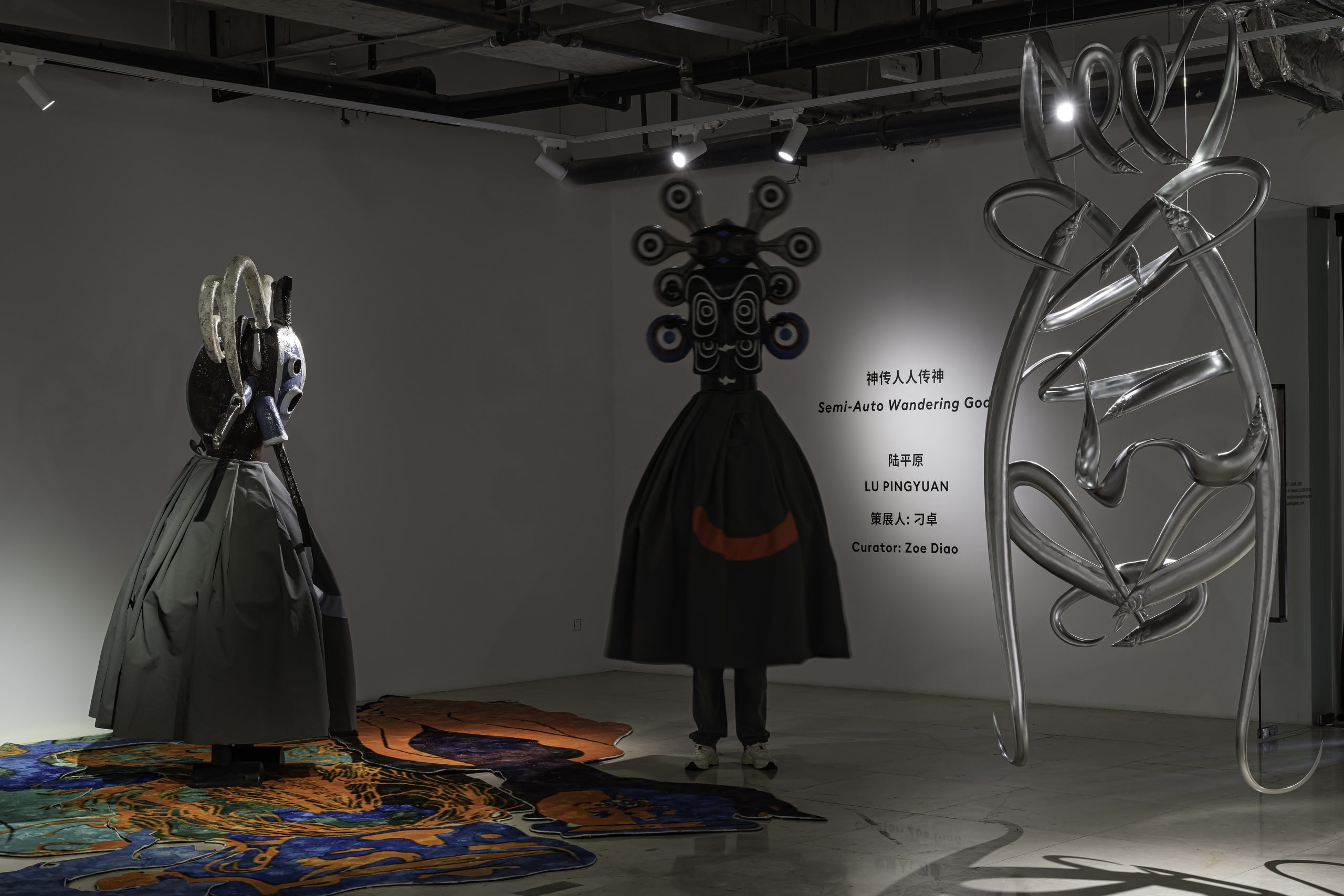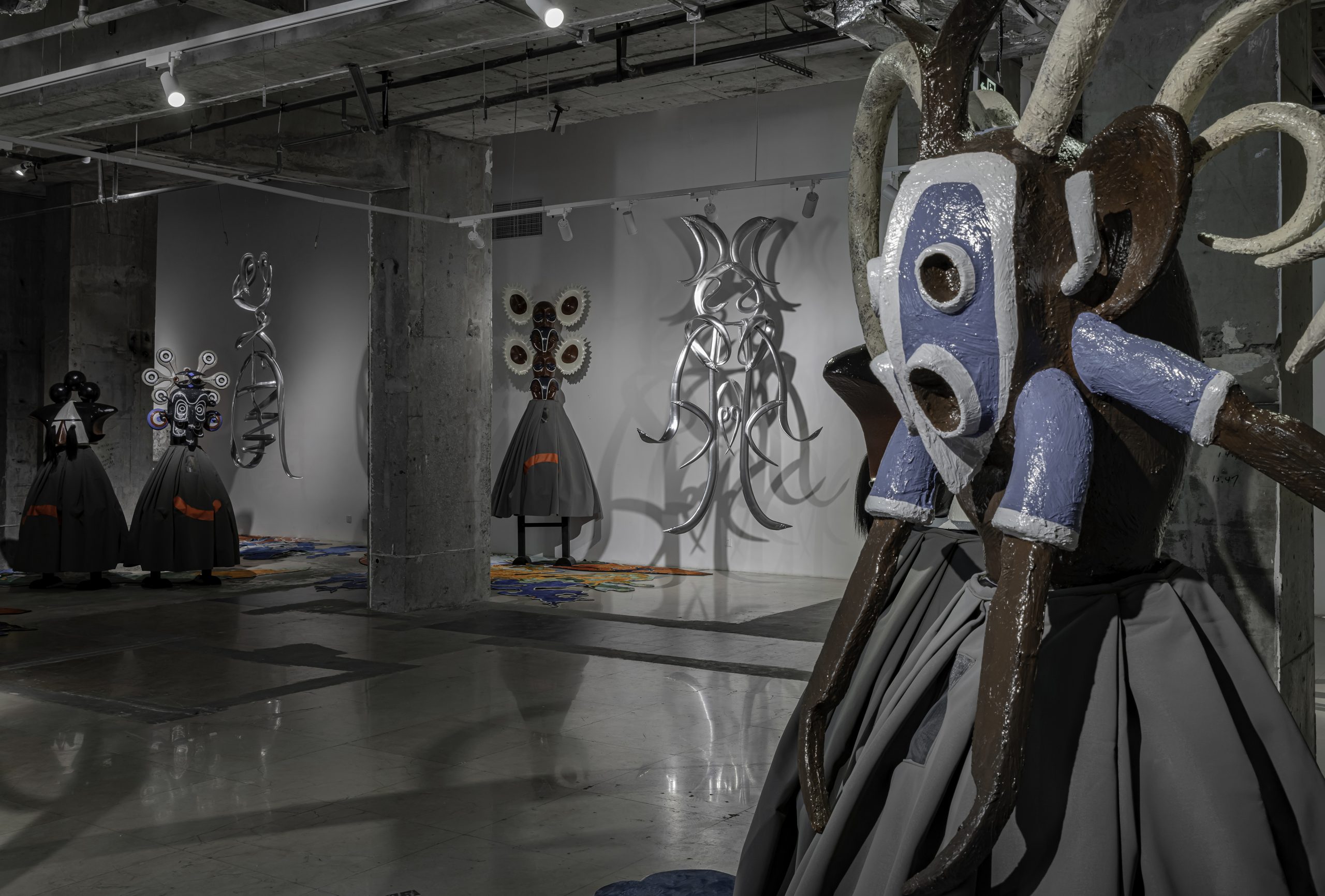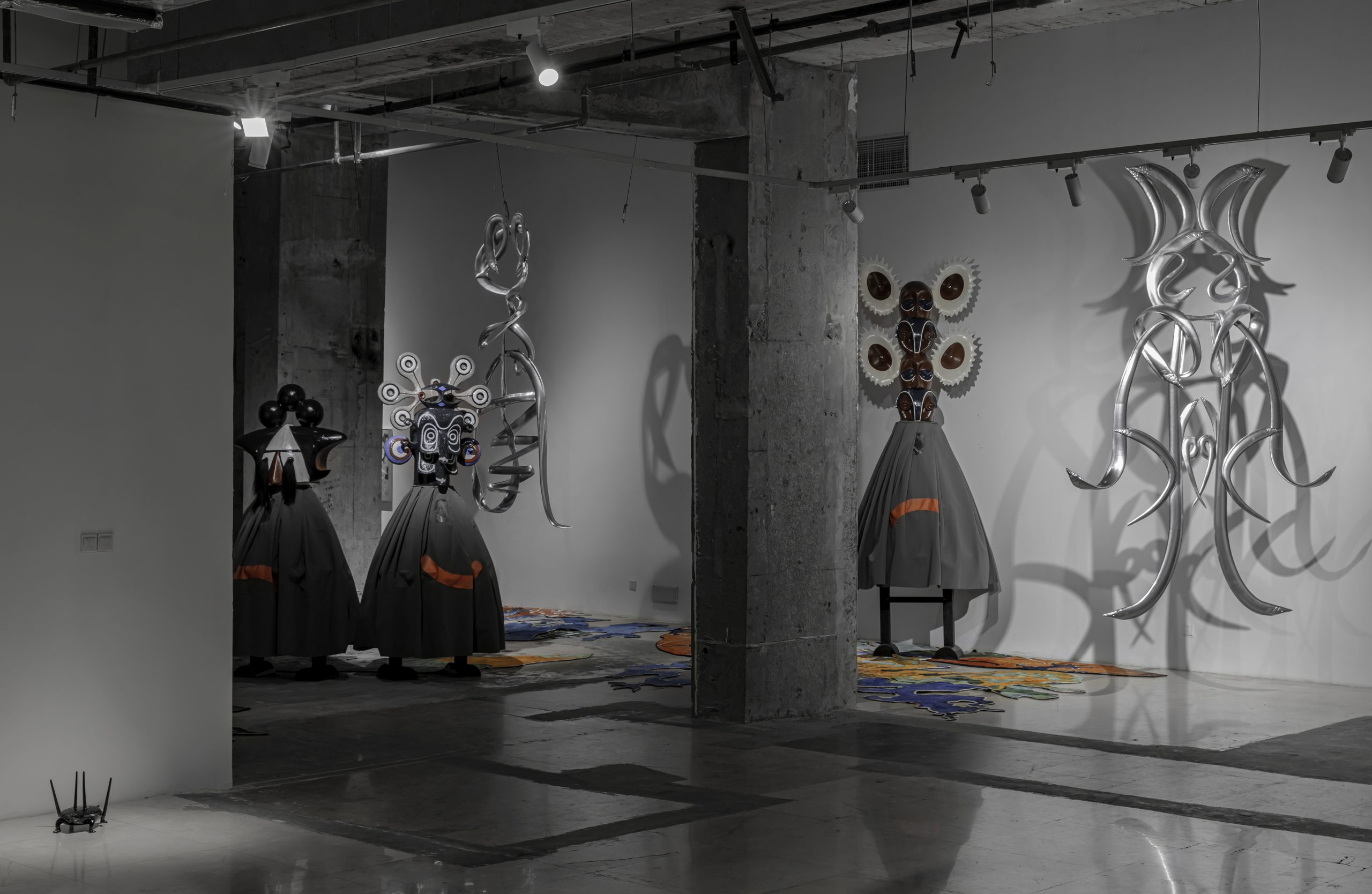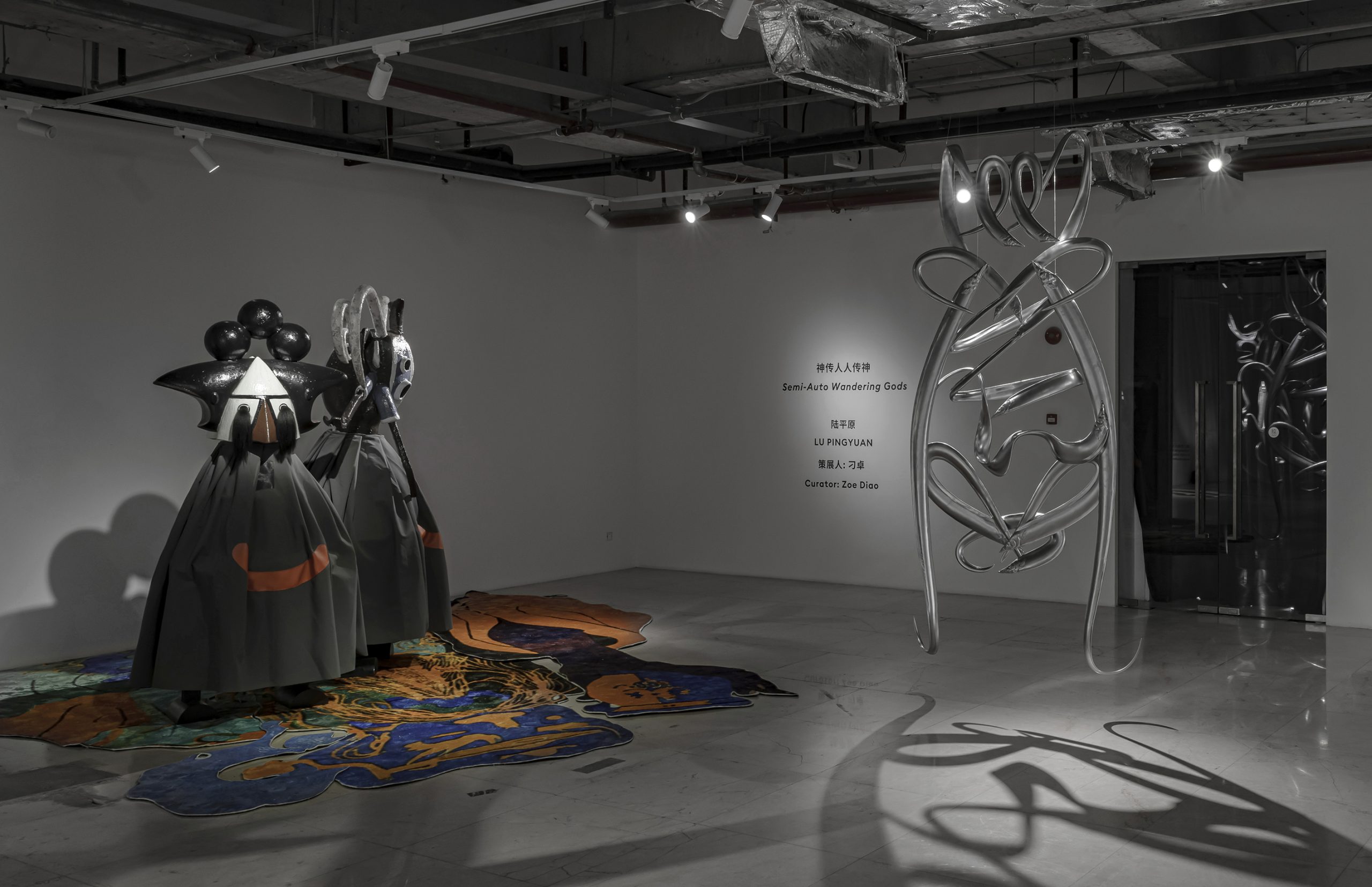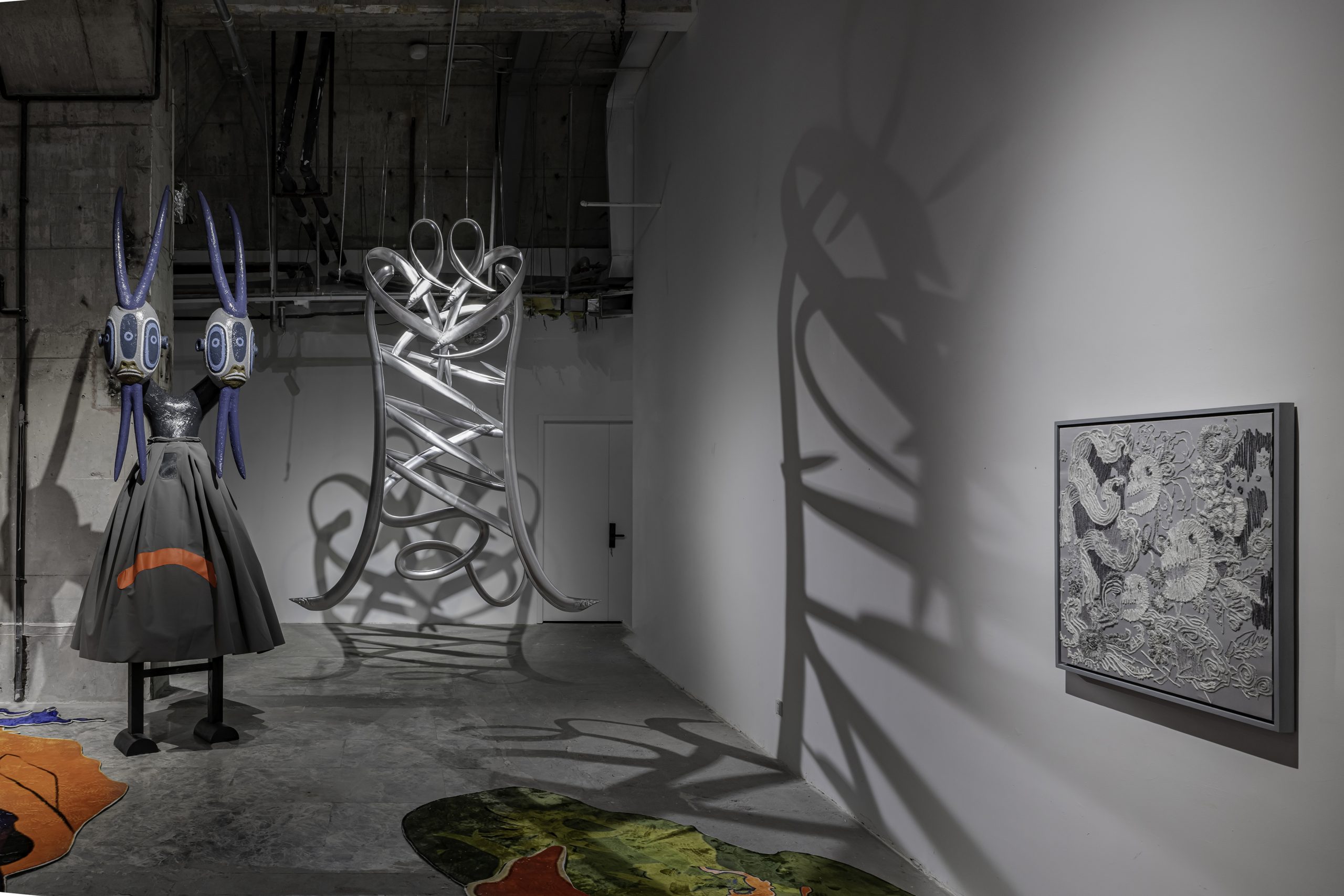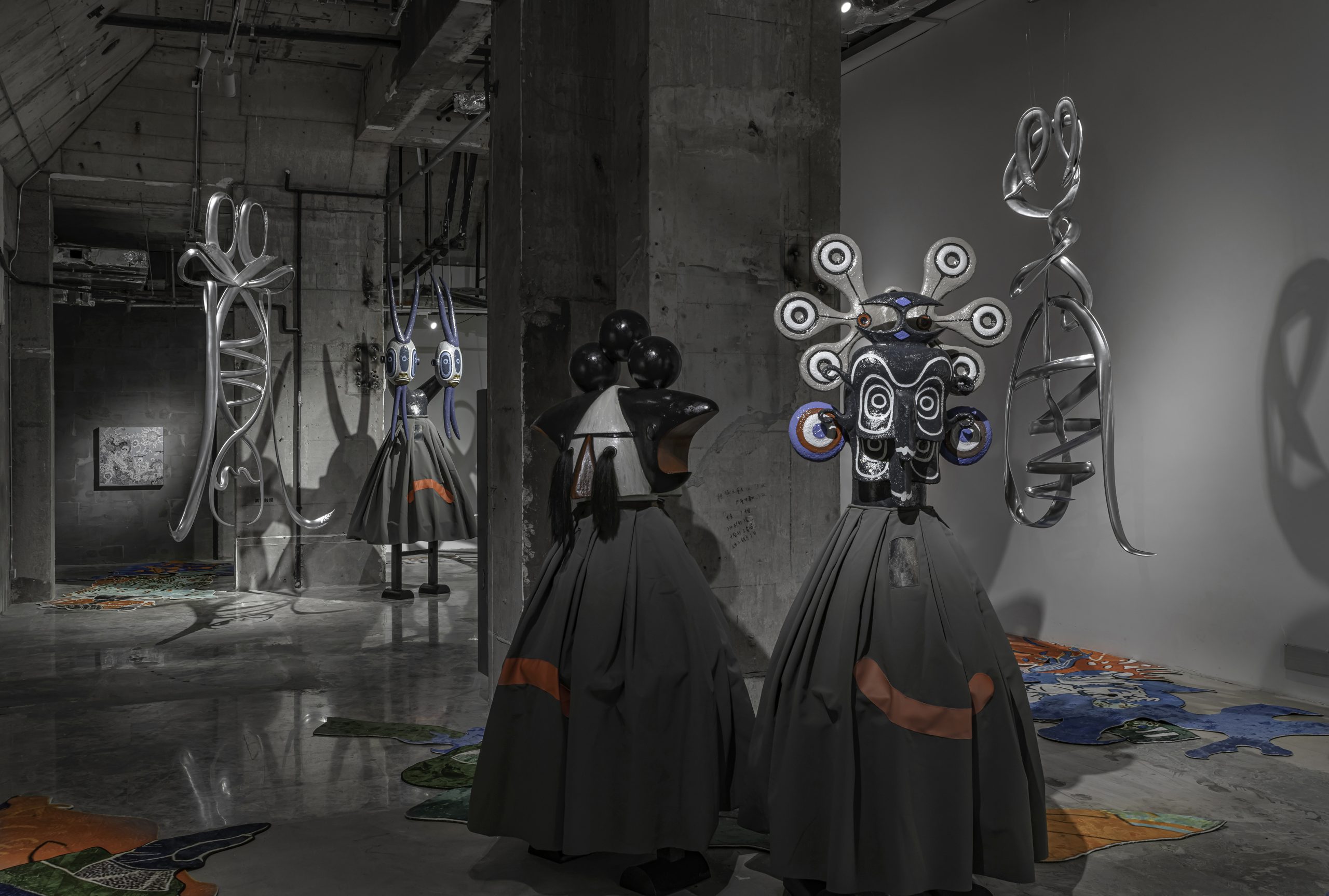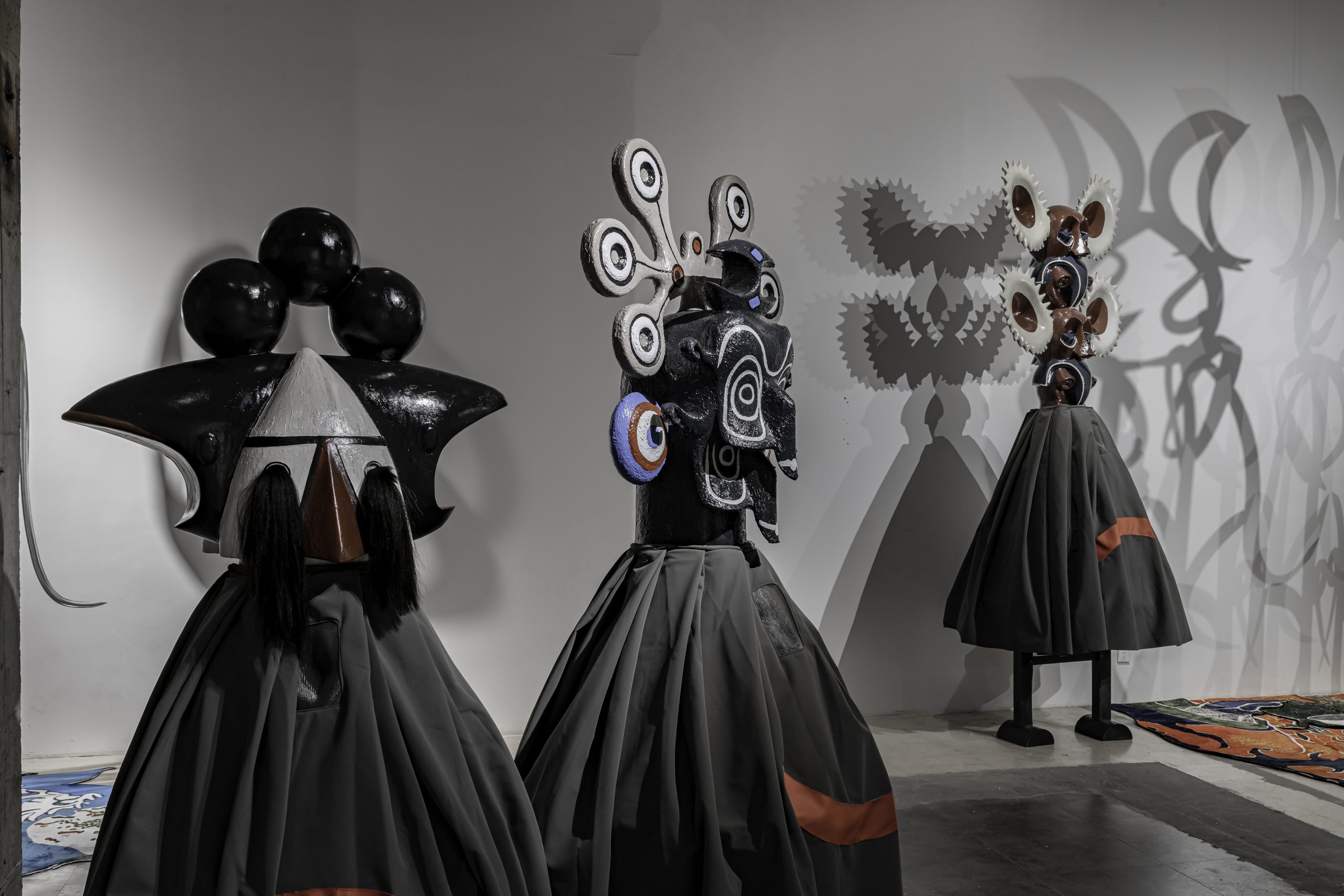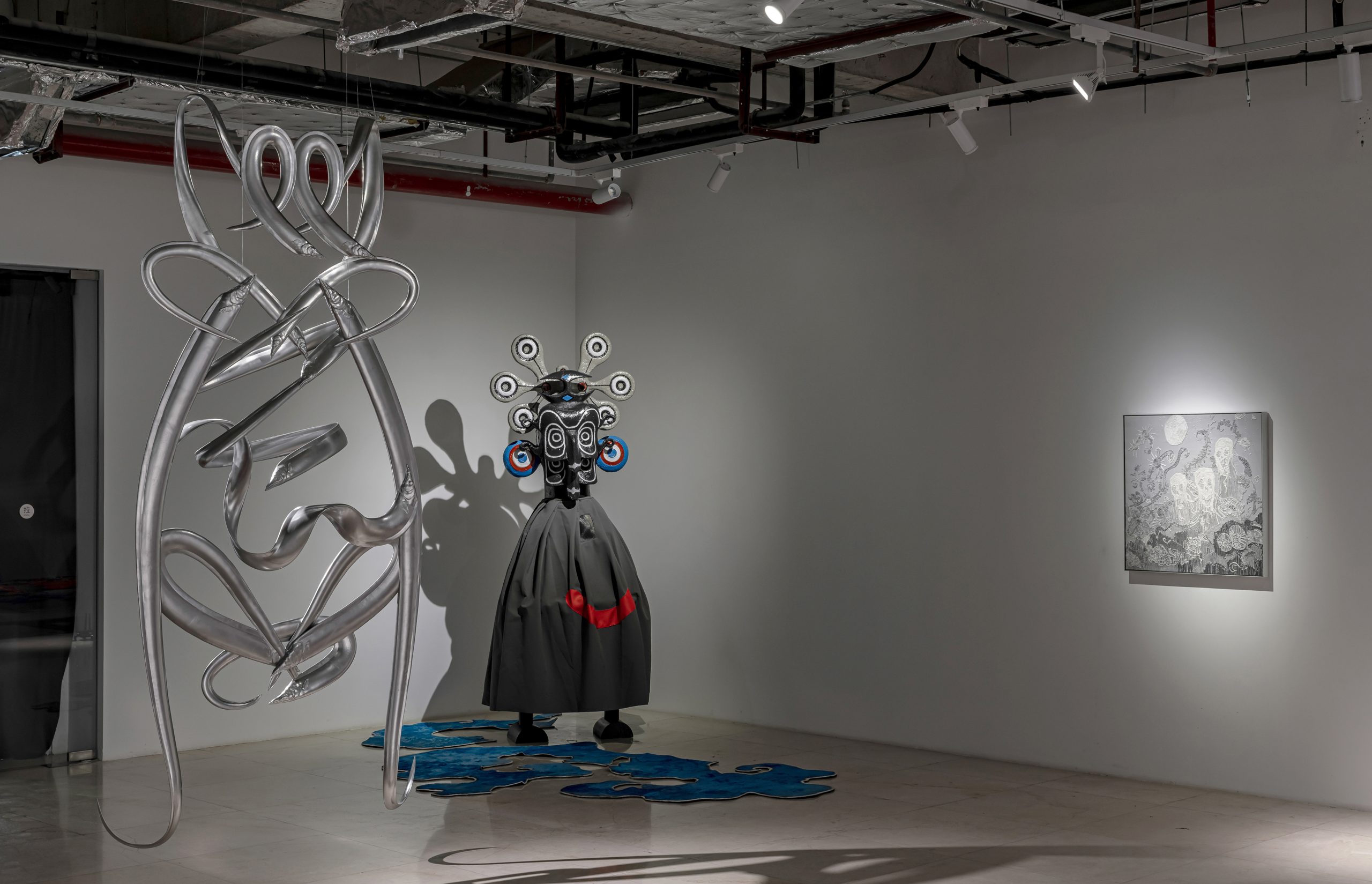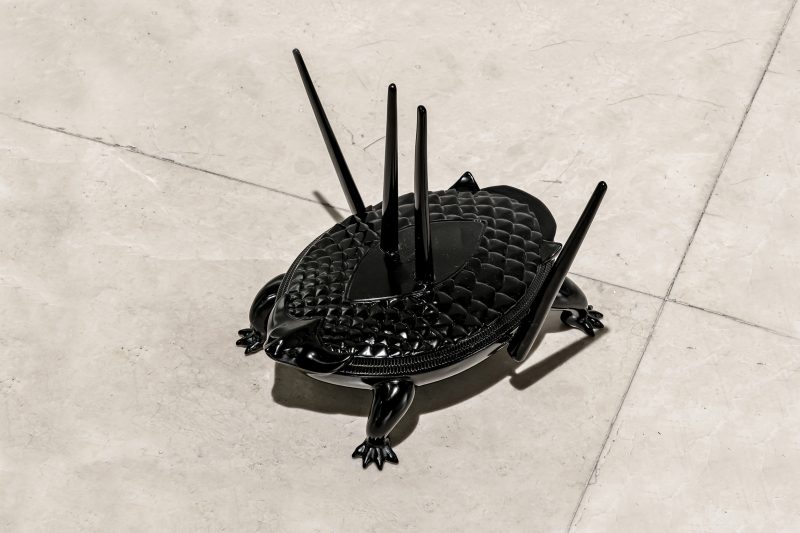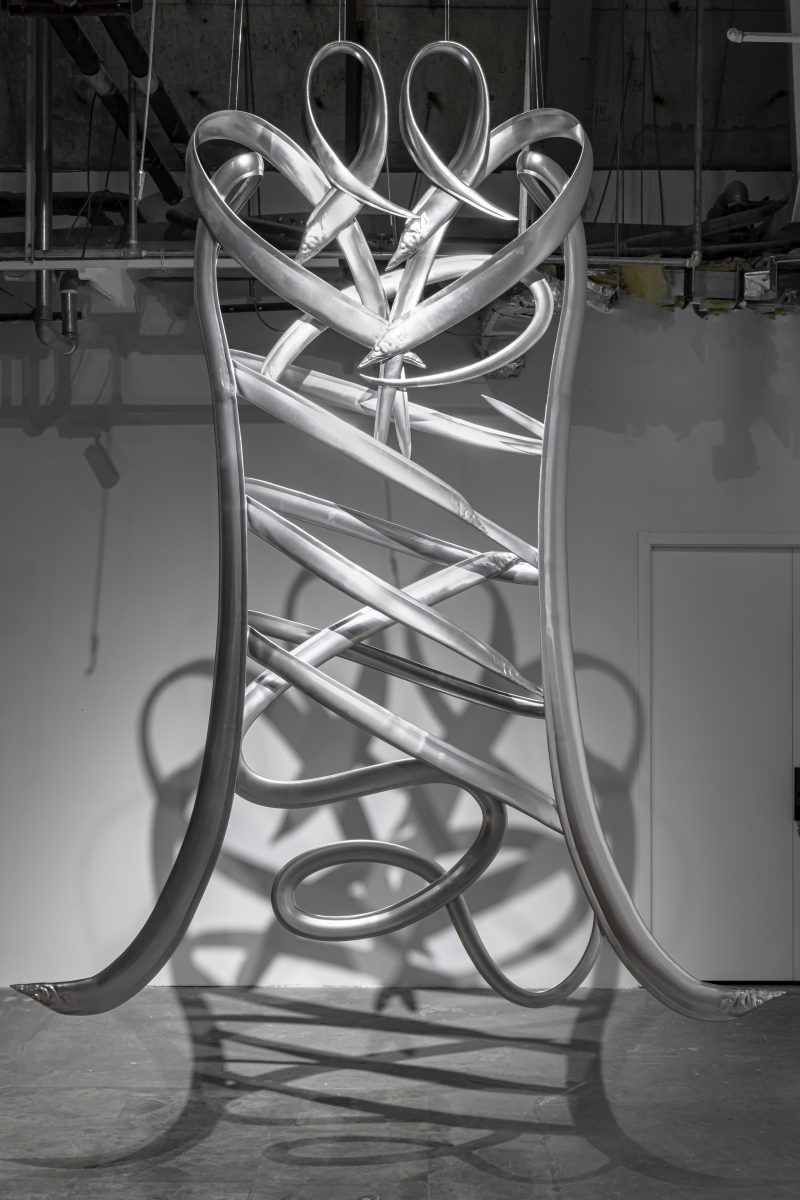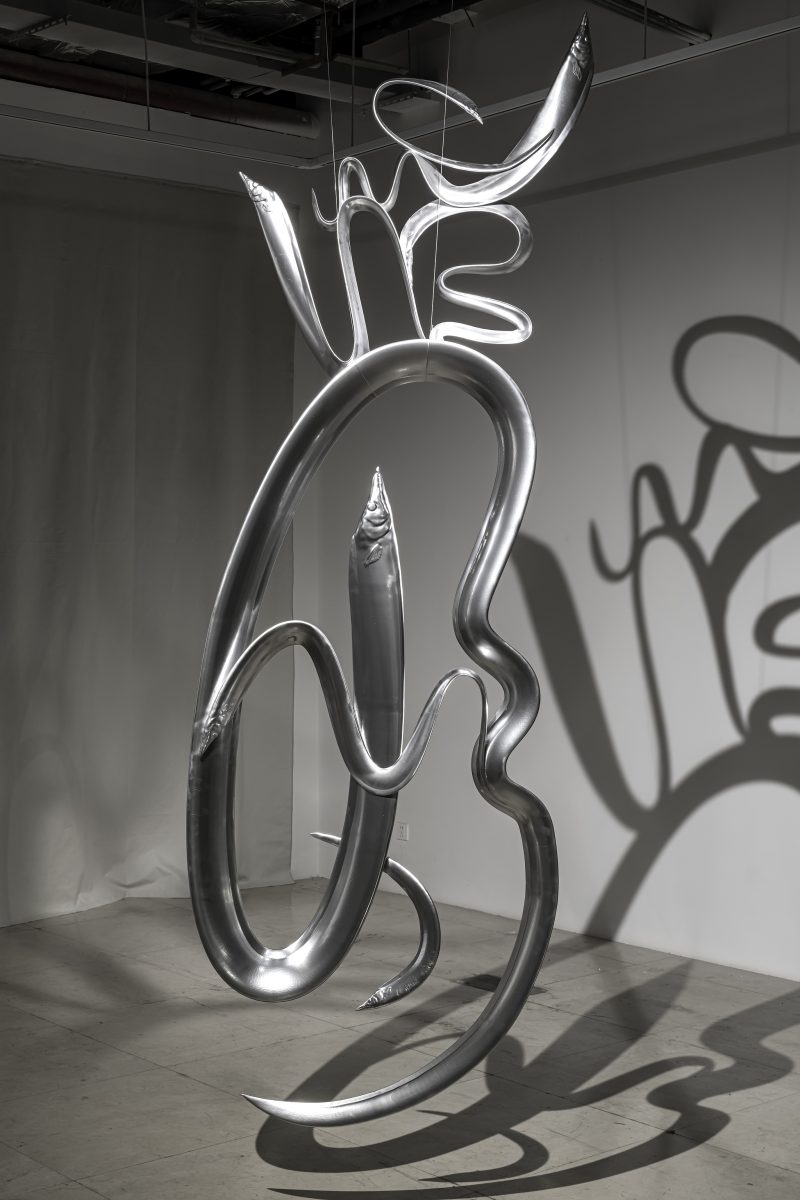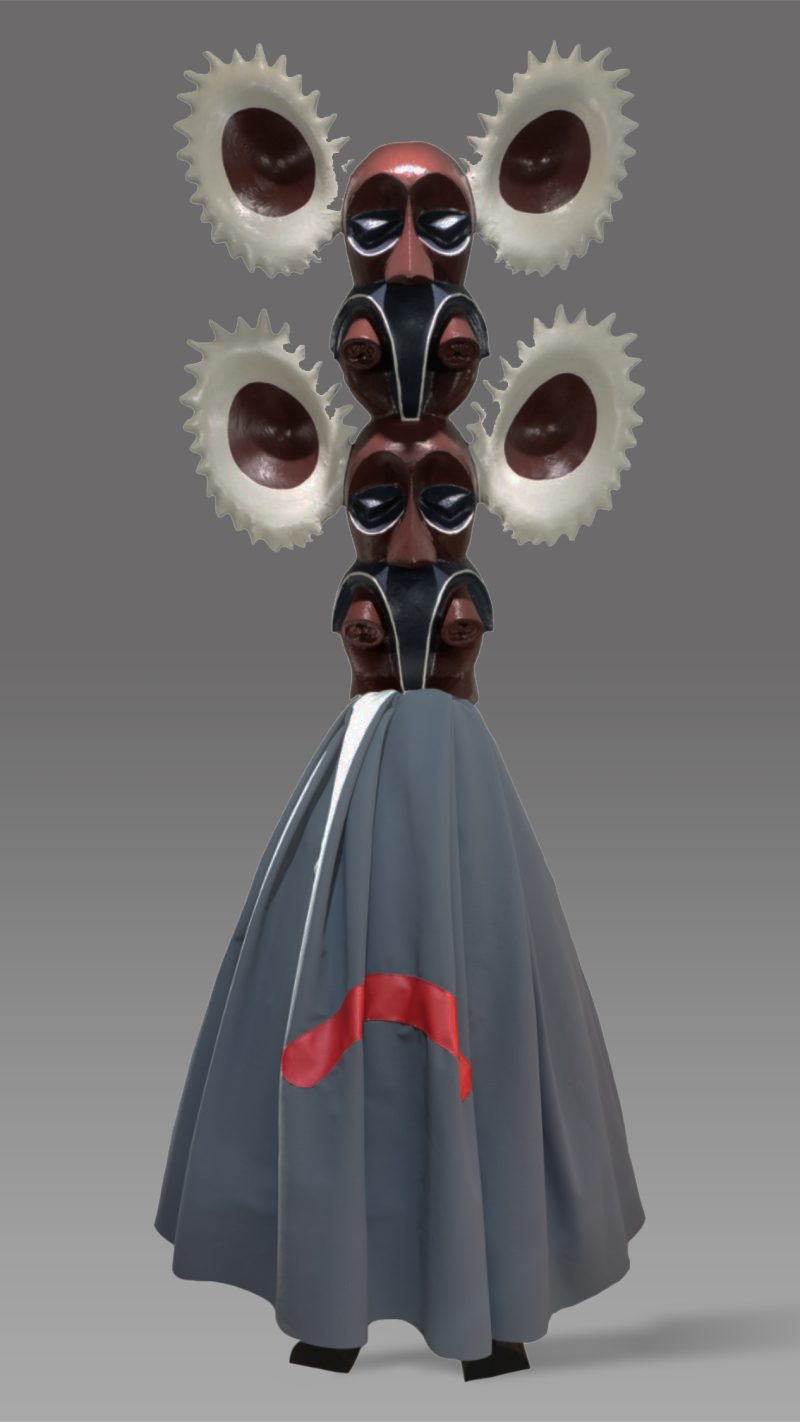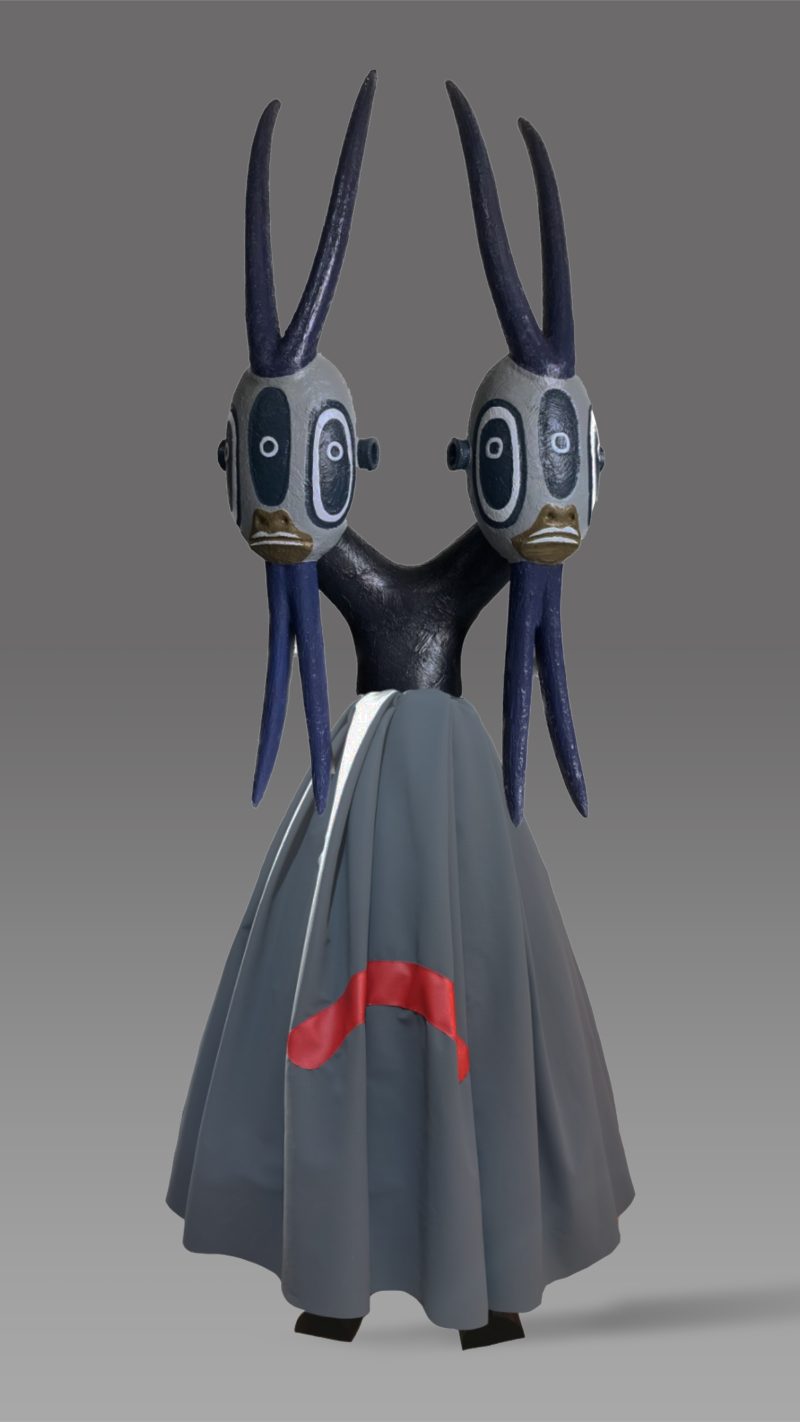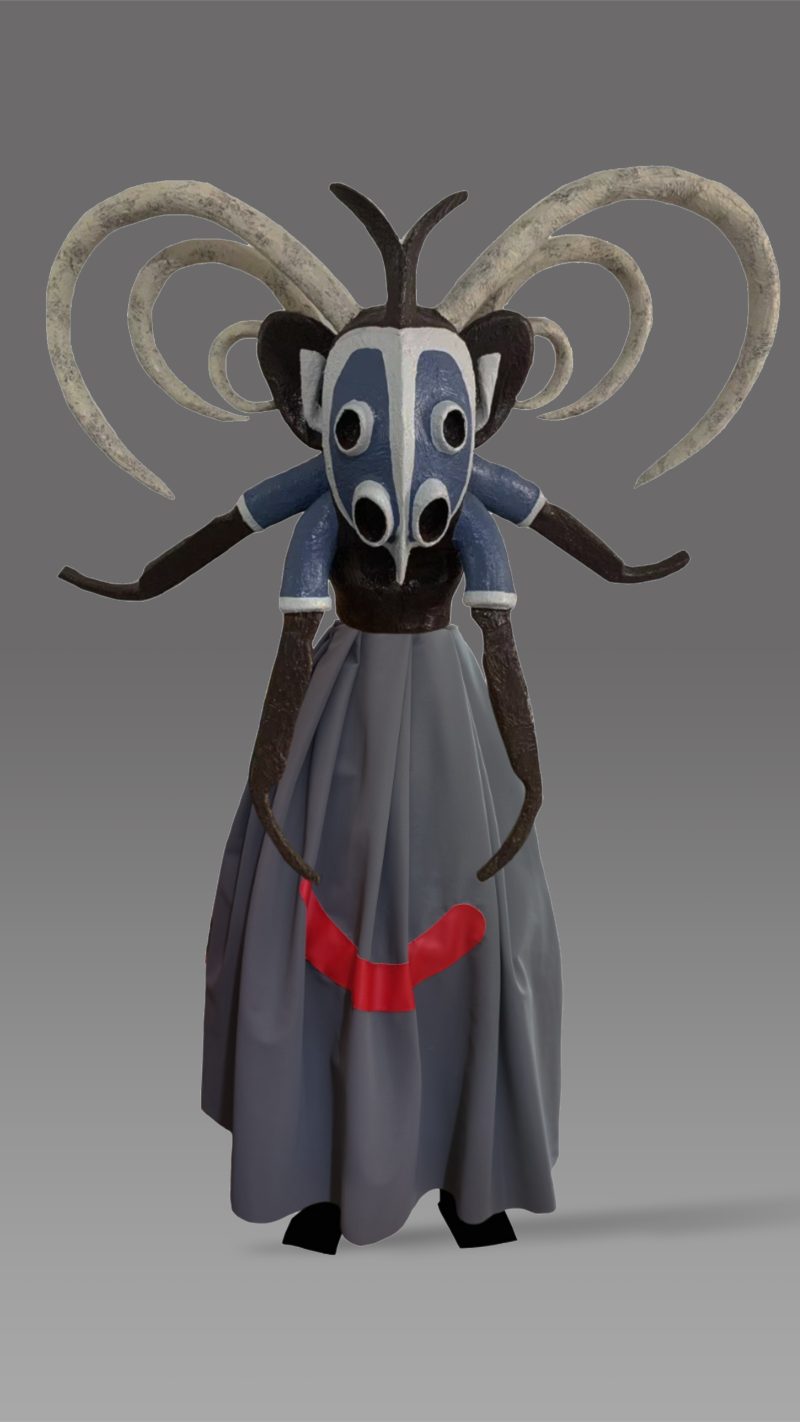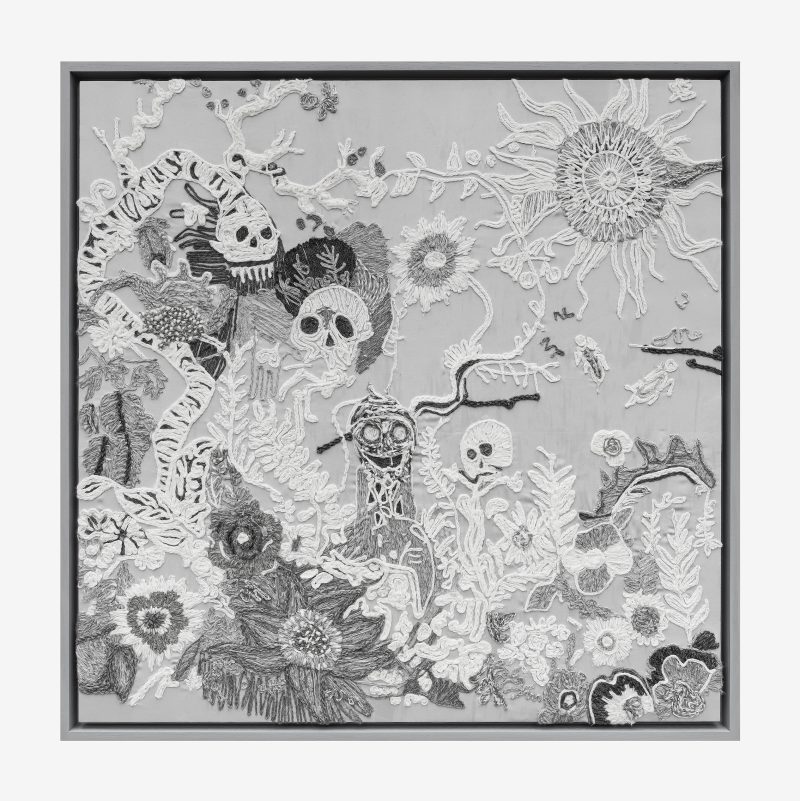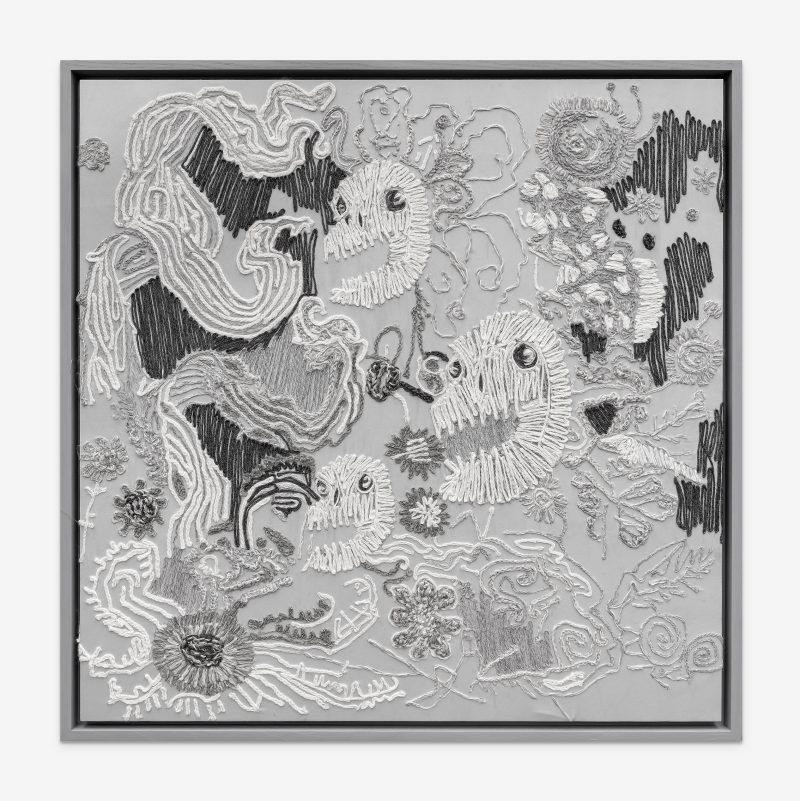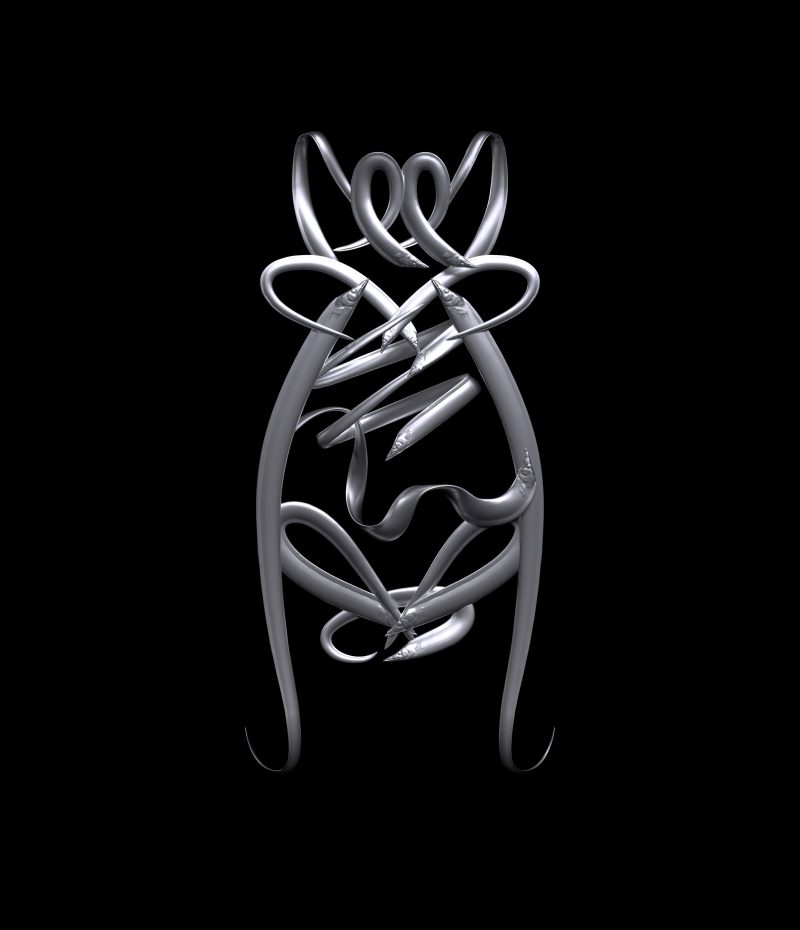
Lu Pingyuan: Semi-Auto Wandering Gods
2024.05.17-2024.07.06
- Opening hours
10 : 00 – 18 : 00
Tuesday – Saturday - Location:
No. 1, -1F Sunken Garden, Lane 9, Qufu Road, Jing’an District, Shanghai
- Artist:
MadeIn Gallery is pleased to present Lu Pingyuan’s solo exhibition “Semi-Auto Wandering Gods” on May 17, 2024, featuring his latest series of works and performance. This is the artist’s fifth solo exhibition with MadeIn Gallery.
“Semi-Auto Wandering Gods” represents Lu’s contemplation, research, and experimentation on the human belief system — in particular, the tradition of Nuo rituals — and the logic of generative image by artificial intelligence in the post-pandemic era. For the artist, the use of AI technology in his works is not out of a search for novelty or shortcuts, but a means to explore the commonalities between modern life’s dependence on technology and the divine-seeking, sacrificial rituals that permeat human history. The images and text generated in collaboration with AI also resonate with Surrealists’ experiments in unconscious painting and writing. Serving both as a fictitious nursery rhyme and an ambiguous prophecy, the exhibition title guides the audience back to an animistic mindset and to reconsider the relation between the primitive and the advanced, imitation and creation, subject and time.
“Nuo Yi”, also known as “Nuo Ji,” first mentioned in Rites of Zhou – Summer Officer – Fang Xiang Shi, is one of the oldest verifiable rituals to ward off epidemics and to entertain gods. Stemming from his observation of imagery and spectacles in folk beliefs, Lu’s interest in the Nuo rituals is a continued inquiry into the act of “asking the gods”: It may not be that deity statues embody human wishes, but that humans are the medium for transmitting gods and spirits.
The works on view consist of deity figures, Fulu (Daoist talismans), embroidery, paper-cuts/carpets, and utensils, all of which are derived from ancient Chinese Nuo rituals with reference to Shaman rituals, contemporary Nuo plays, and Youshen (the Wandering Gods). The seven deity figures are created by AI based on folk deity statues, sacrificial masks, and archaeological resources, a process that to some extent removes human traces and allows the formless gods to return to an abstract space beyond human consciousness after being given form by humans. The names of each deity are also AI-generated, and while they have Daoist connotations, they lack sanctity and even convey humor — same as our instinctive reactions to these unexpected deities, and also one of the few ways to be truly redeemed by gods. After the opening performance, the seven deities will be displayed on custom made stands in the gallery.
Echoing the divine figures is the hanging silver Fulu “God’s Dictionary”. In Daoism, Fulu bridge the “essence of the Dao” with the “essence of things” and serve as a covenant with the heavenly deities. But as Michael Taussig suggests, “the making and existence of the artifact that portrays something gives one power over that which is portrayed.” If the brushstrokes that resides between text and image are replaced by the realistic and concrete ribbonfish, does the symbol leading to divinity retain only divinity itself? On the walls of the gallery hall are four gray-white embroidered pieces, stripped of decorative colors and stylized patterns; their blurred figures recall the ghosts of mythological stories, leaving only traces of narrative devoid of content. Similarly severed from ones’ original function are the paper-cuts commonly seen in modern Nuo theater. The vertical channel leading to the deities turns into a horizontal jigsaw puzzle, prompting the audience to adjust their inherent cognition.
The entire exhibition is united by a toad-shaped incense burner in the shape of a Wi-Fi transmitter. The artist believes that the Internet plays an indispensable role in this unusual Nuo ritual, similar to the burning of incense in sacrifices, both intangible and omnipresent. Just as modern society’s reliance on search engines is akin to divination, the attempt to seek answers from the unknown is precisely an inquiry within the known. Humanity thus observed seems no different throughout the ages. Innovation partially lies in discovering knowledge and information that has long existed and yet been overlooked.


